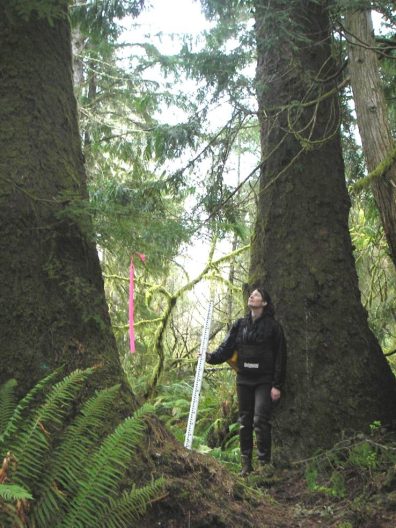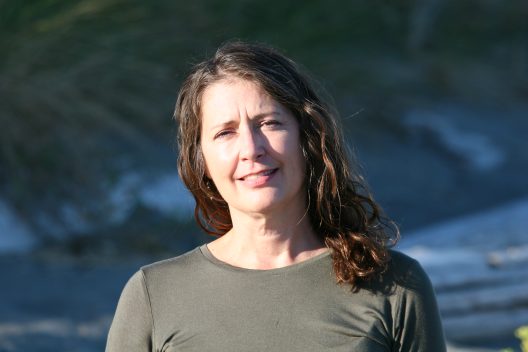Affiliate Faculty Heida Diefenderfer elected to Washington State Academy of Sciences
On July 17, the Washington State Academy of Sciences (WSAS) announced the election of 36 new members in recognition of their outstanding record of scientific and technical achievement and willingness to assist the Academy in providing the best available scientific information and technical understanding to inform complex policy decisions in Washington.
The Academy shared, “We are pleased to recognize the achievements of these world-renowned scientists, engineers, and innovators,” said WSAS President Allison Campbell. “And we are grateful for their willingness to contribute expertise from a wide range of fields and institutions to support the state in making informed choices in a time of growing complexity.”
The 2025 class of new members is composed of 30 scientists and engineers elected by their WSAS peers and six members recently elected to the National Academies of Science, Engineering, or Medicine, who live or work in Washington state.
New members will be inducted at the WSAS’s 20th Anniversary Celebration at the Museum of Flight in Seattle, Washington on October 7, 2025.
Among those elected to the 2025 cohort is SEFS Affiliate Faculty and alumna, Heida Diefenderfer, for her career accomplishments. In addition to being a faculty fellow here at SEFS, Dr. Diefenderfer is an Earth Scientist at the Pacific Northwest National Laboratory and the chair of the Washington Natural Heritage Advisory Council.
Recent Research Highlights
Dr. Diefenderfer studies coastal temperate rainforests (CTRs) and particularly tidally influenced Sitka spruce (Picea sitchensis) forested wetlands on estuaries, as well as other coastal and river floodplain wetlands. She collaborates closely with two US-Canada working groups: the National Science Foundation sponsored Coastal Rainforest Margins Research Network and the independent Pacific Northwest Blue Carbon Working Group, which she co-leads.

A paper published in Global Biogeochemical Cycles with the Pacific Northwest Blue Carbon Working Group in March has confirmed their previous finding that Sitka spruce wetlands of the PNW store carbon on par with mangroves.
Key papers with the NSF research network have hydrologically defined the zones of West Coast North American CTRs and explored their role in coastal ecosystems through freshwater and materials fluxes. Her most recent research with the NSF research network can be found in Limnology and Oceanography. The research advances our understanding of land–ocean connections in shaping the marine ecosystems of coastal temperate rainforest ecoregions.
Dr. Diefenderfer provides scientific support to decision makers in applied restoration ecology and has conducted research on juvenile salmon habitat restoration for the Columbia Estuary Ecosystem Restoration Program since its inception in the early 2000s. You can learn more about that research here. More recent research published in June for Puget Sound Partnership, with a multi-decadal synthesis and evaluation component, looks at assessing the cumulative effects of nearshore habitat restoration actions for multiple populations of juvenile salmon in Whidbey Basin, Washington.
Dr. Diefenderfer volunteers as Chair of the Washington Natural Heritage Advisory Council, appointed by the Washington State Commissioner of Public Lands, and earned her doctorate from the UW College of Forest Resources.
